Tin Hearts: A Craftsman's Masterwork
Tin Hearts is a beautiful exploration of storytelling through gameplay elements.
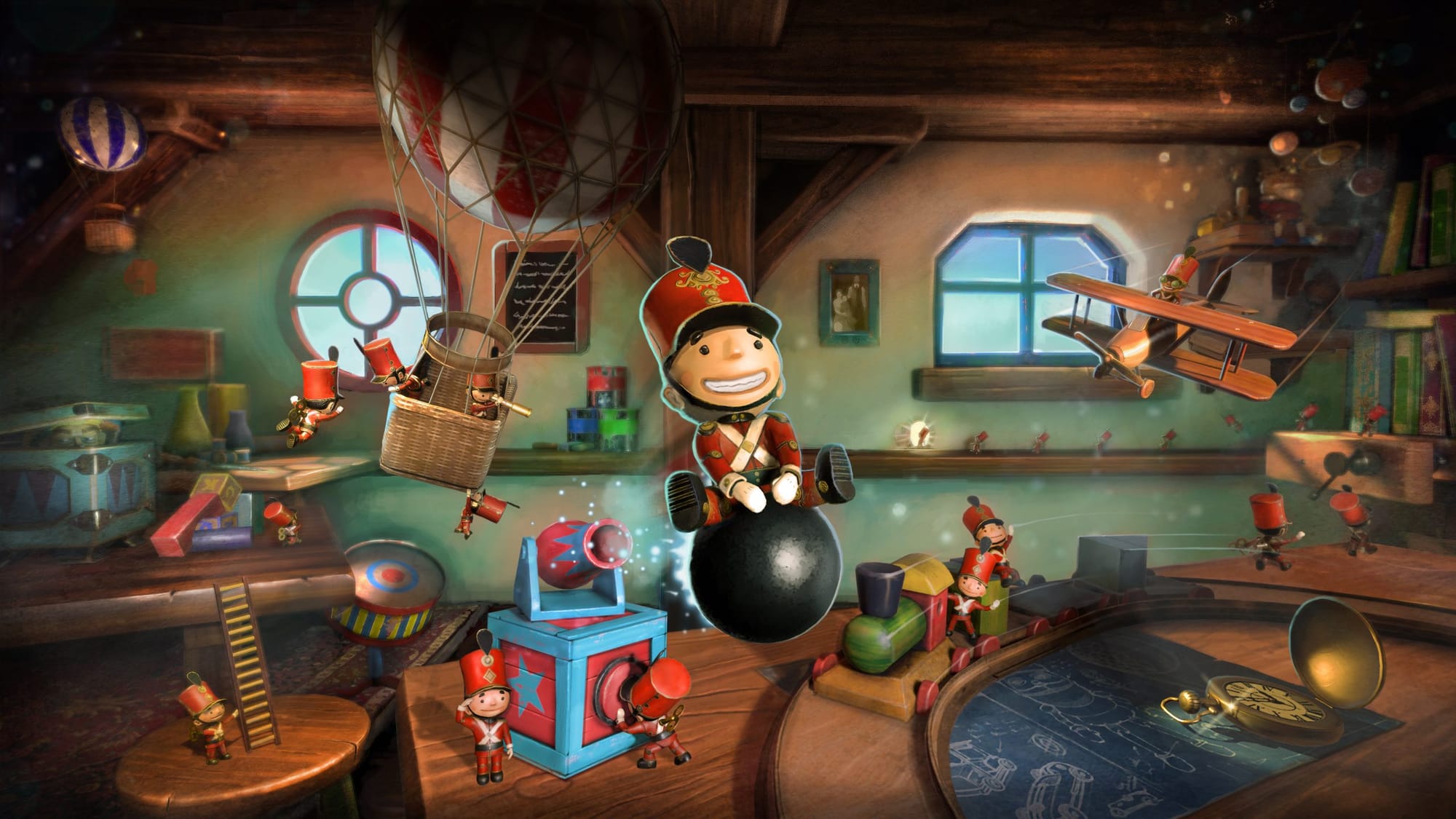
Narrative-focused games have always had a special challenge: How to balance storytelling with gameplay. Many modern titles simply forego gameplay as much as they can, but some more ambitious titles have sought ways to integrate these two aspects.
Tin Hearts is not the first narrative game to use puzzle elements to marry story and mechanics, but I can't think of many that have done it quite as masterfully as this one. Add in some excellent graphical design, superb music, and a heavy dose of charm, and you have something that is truly memorable.
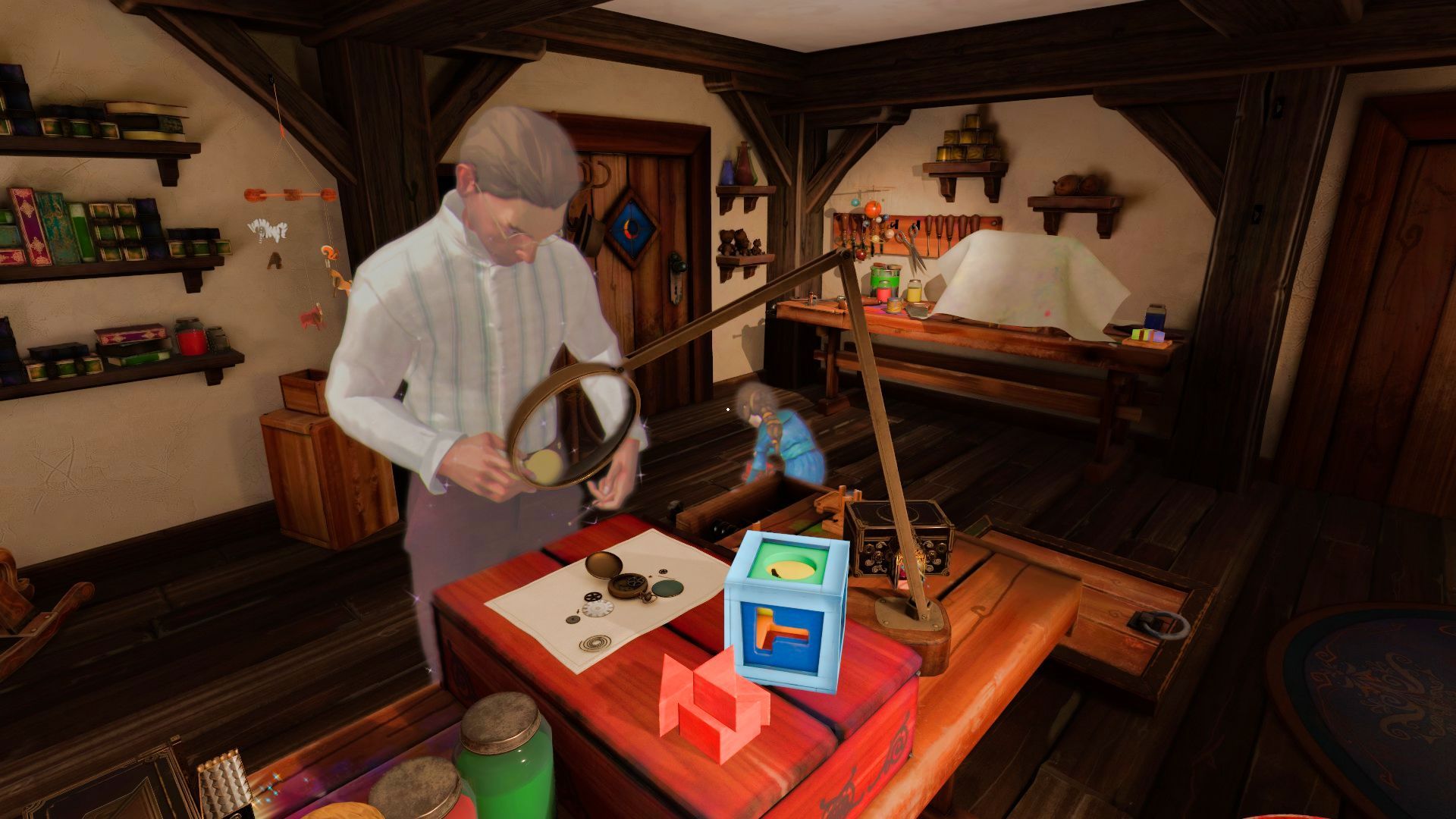
Tin Hearts is the story of 19th-century toymaker Albert Butterworth, an exceptional man with a humble profession. A series of fragmentary, phantasmal flashbacks relay the tale of Butterworth and his family, a seemingly bucolic narrative that slides into tragedy and horror as the game progresses. The story is a very slow burn - the first few hours of gameplay are dedicated mainly to introducing characters and establishing future conflict - so those who want to learn the fate of the Butterworths will need to be committed to finishing the game.
While there are conventional cutscenes in Tin Hearts, much of the story is relayed through events woven directly into the levels. The ghostly Butterworths will occasionally manifest in the middle of a puzzle, adding a little bit of context to what's going on. The developers leaned into environmental storytelling pretty heavily, so an observant player can pick up on events before they are revealed.
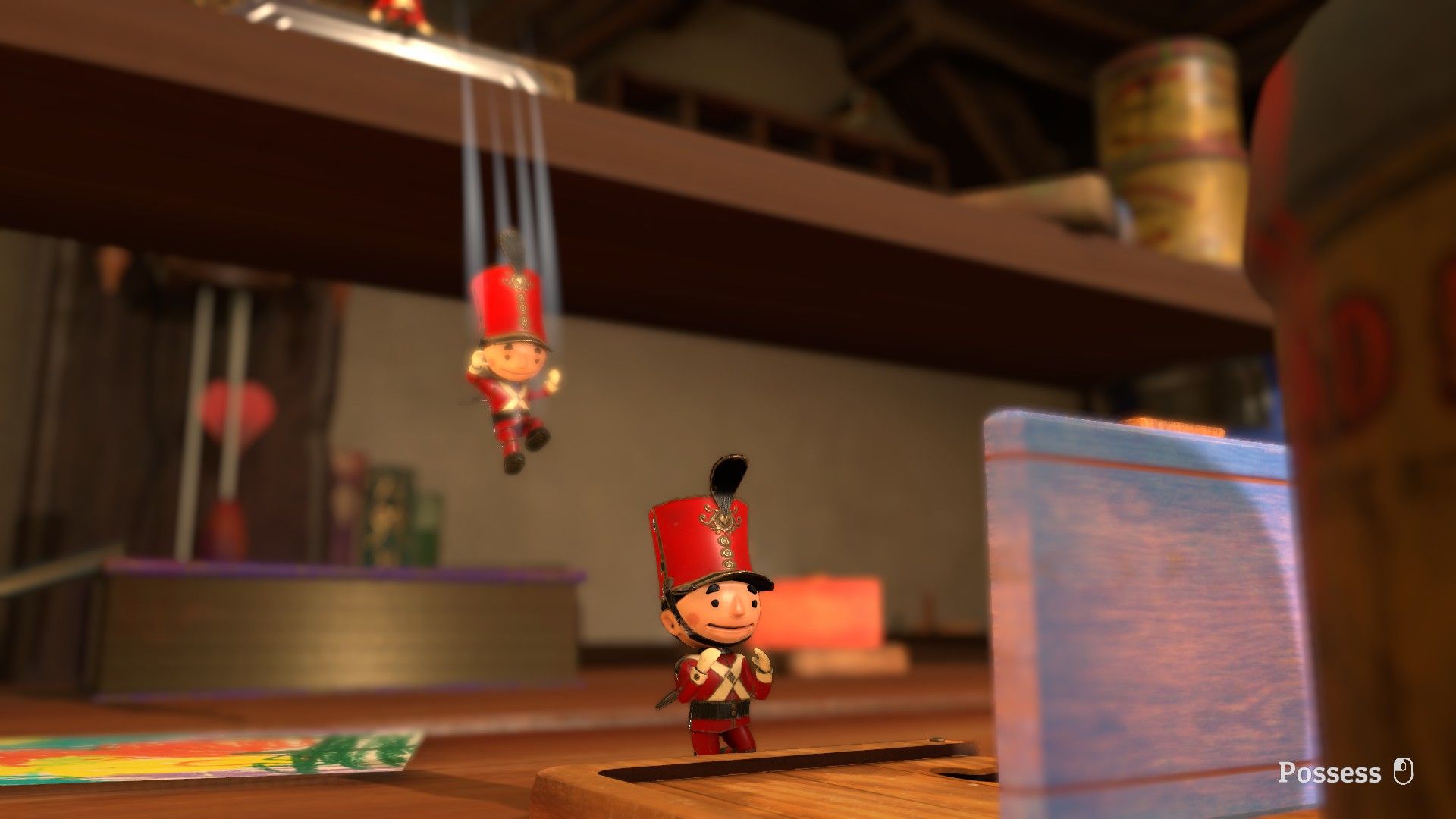
The puzzles center around Albert's most famous invention: The "Steadfast Soldiers," an army of merry wind-up tin troopers. Naturally, these are more than mere toys, but you'll have to discover their real capabilities for yourself.
The goal of each level is to direct the soldiers through part of the Butterworth house to an exit gate. This might remind you of Lemmings, and you're not totally off the mark - like the lemmings, the tin soldiers don't know how to do anything but walk in a straight line and they will cheerfully march to their deaths if you don't intervene. However, the means by which you direct the soldiers is a lot more involved.
The player assumes the role of another ghost who has the ability to "possess" some of Albert's toys and move them around the level. These range from simple puzzle blocks that turn the soldiers in a different direction to drums and pinwheels that send them flying through the air and toy cannons that can be used to trigger distant objects. You might even get the opportunity to take one of the soldiers out for a spin directly if you can find a way to get the key out of his back.
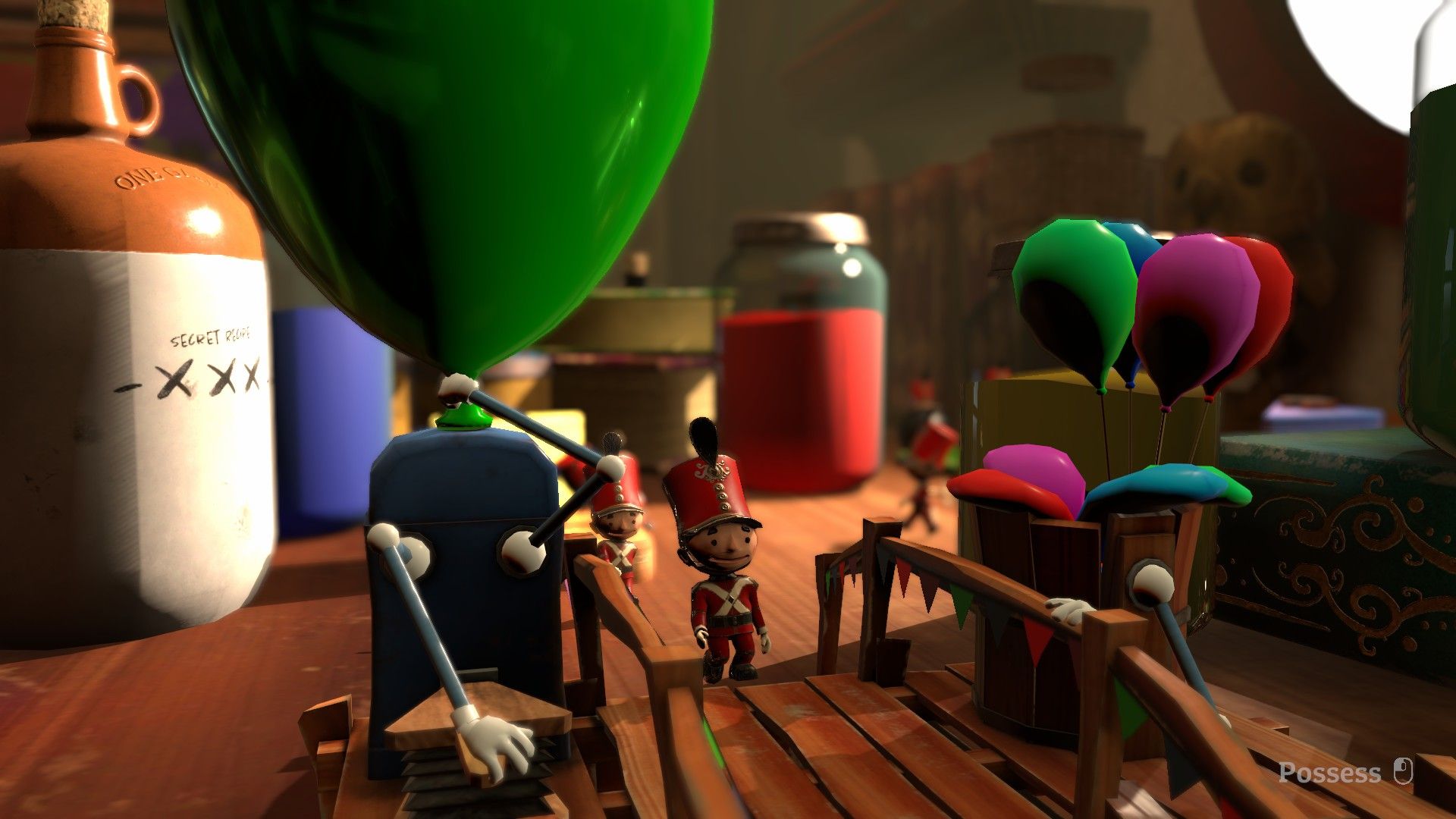
The levels themselves can be a bit imposing. Some of them are extremely large, and a few even demand that the player loop the soldiers through the same areas more than once. The good news is that the maps are still easy to navigate. Controllable and non-controllable toys are laid throughout each level in a way that suggests a path, and once the player has figured out where the soldiers need to go it's simply a matter of adjusting all the moving parts.
New mechanics are steadily unlocked as the player proceeds through the levels. Expect to encounter new toys before you have the means to manipulate them, and don't be too surprised if you find yourself taking a new path through an old room. It helps that the levels are connected in a way that feels very organic and the player has free rein to explore many areas - something that you might have to do in order to clear some of the levels.
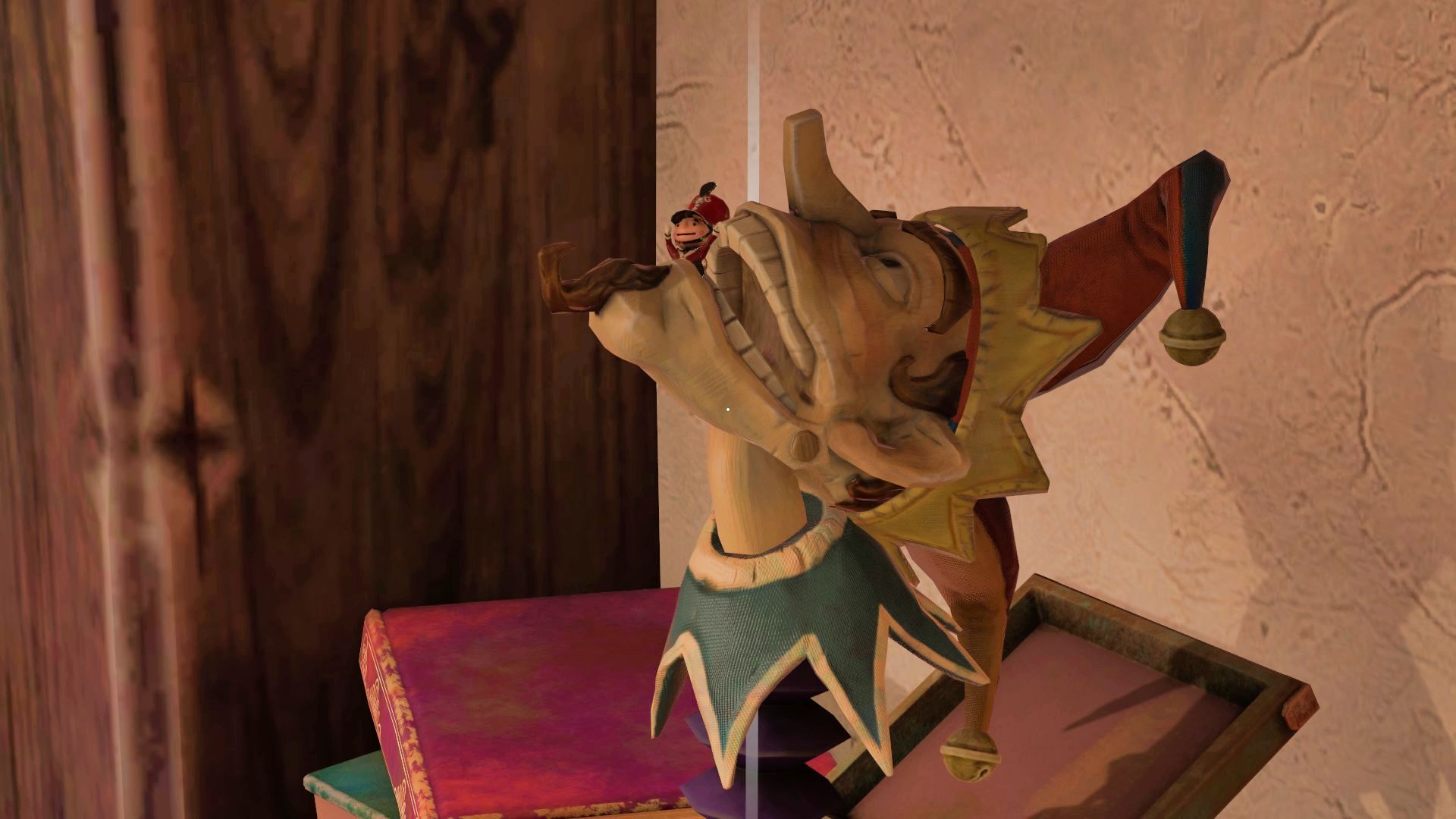
It was very tempting to make this review nothing more than a sequence of screenshots, as Tin Hearts is simply a gorgeous game. The amount of detail in the Butterworth house is incredible at times. The game begins in Albert's attic workshop, where everything shows telltale signs of use and age. As the game progresses downward through the house, the player is treated to a variety of distinct rooms (all brimming with tiny details) before facing the proto-industrial maze that lies in the basement.
And through it all march the soldiers. The player quickly gains the ability to accelerate time, bringing a level to a swift end once all the toys are properly positioned. However, one can also lock on to any individual soldier and fix a controllable camera to him, watching him from all angles as he advances through his large-tiny world. It's a perfect feature for a game that is almost impossibly charming.
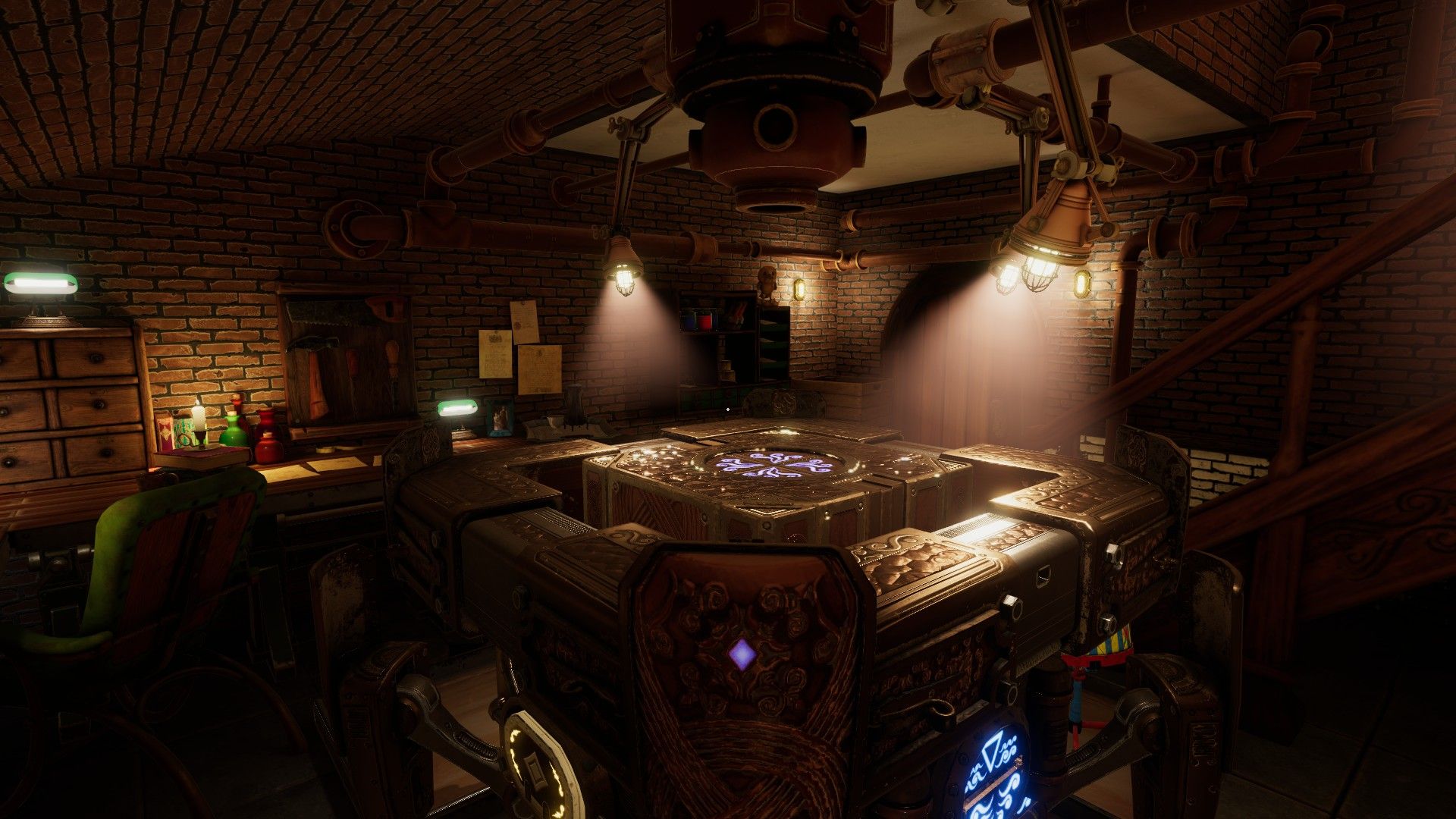
For all of its upsides, Tin Hearts isn't going to be for everyone. It is a puzzle game, and a relatively long one - expect to spend 10 hours to reach the end of the story. Some people simply aren't going to have the patience to complete the game.
But I hope you will stick with it because Tin Hearts is a superb game with much to offer. It is an emotional journey that runs along just like one of Albert's gadgets, with each piece working in clockwork unison to create something greater than the sum of its parts.
